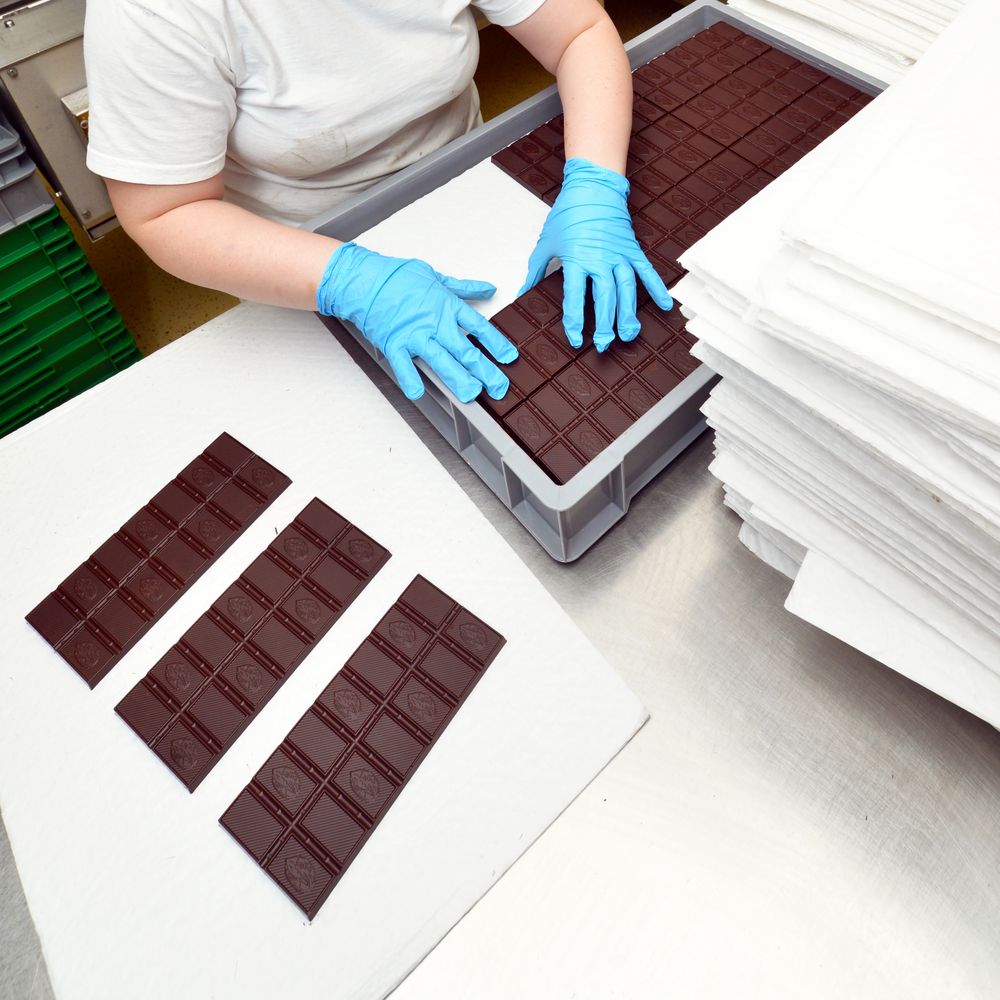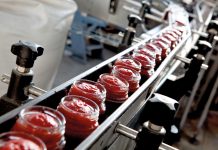 Effect of print speed and ambient temperature on the stability of 3D chocolate products.
Effect of print speed and ambient temperature on the stability of 3D chocolate products.
3D printing is a new technology for the production of food products in three dimensions, with personalized shapes and structures, based on the extrusion and on the progressive deposition of different layers. The entire production process is complex since it simultaneously involves many phenomena: The management of non-Newtonian fluids, the transfer of heat, the sintering between the various layers and the solidification of the molded material after its deposition.
In this context, in a recent study, carried out by a group of international researchers (Rando & Ramaioli, 2021), the interactions between the rheological and thermal characteristics of chocolate and the process conditions are analyzed in order to predict the stability of 3D structures. In particular, the effects of printing speed (Vp) and ambient temperature (Te ) were studied using infrared thermography (IR) to characterize local cooling dynamics.
The results show that 3D structures can be produced satisfactorily only below a given Vp which closely depends on the Te: At a Te of 18°C, for example, the Vp must be less than 16 mm/s, while at a Te of 20°C the Vp must be less than 8 mm/s. These conditions guarantee adequate cooling and solidification conditions for cocoa butter, which are necessary for a satisfactory process. Finally, the study proposes a criterion based on local yield stress to explain the stability or collapse of 3D structures. In conclusion, the authors point out that the information reported in the study can be useful for the optimization of the 3D printing process of chocolate products.
Analysis of the rheological and flow properties of different chocolate masses at different temperatures.
The chocolate mass is one of the basic raw materials for the production of sweets. Knowledge of rheological and flow properties at different temperatures is absolutely necessary for the selection of a suitable technological process. In a recent study carried out by a group of Czech researchers (Kumbár et al., 2021), these properties were evaluated in the case of extra-dark (EDC), dark (DC), milk (MC), white (WC) and pink (RC) chocolate masses.
The results show that all the products exhibit a thixotropic and plastic behavior in the shear rate range of 1 to 500 s-1 and at the temperatures of 36, 38, 40, 42 and 44°C. The flow curves were built using the models of Bingham, Herschel-Bulkley and Casson. On the basis of the values of the coefficient of determination R2, the most suitable equations are those of Herschel-Bulkley and Casson, which have proved able to model also the thinning property upon cutting of liquids.
Using rheological model coefficients and modified equations for the flow rate of technical and biological fluids in standard piping, the 2D and 3D velocity profiles of chocolate masses have been further modelled successfully. In conclusion, the authors argue that the tools developed in the study can be usefully used for the design of not only conventional but also innovative equipment such as that involved in the 3D printing process, for example.
References: P. Rando & M. Ramaioli, Journal of Food Engineering, 294, 2021, 110415; Morcia et al., Foods, 10, 2021, 1-13.



